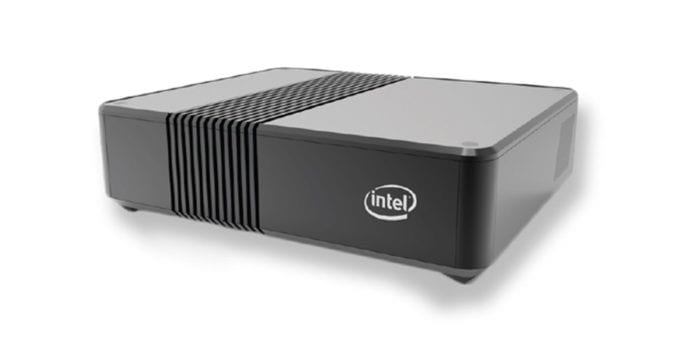5G NR interoperability test used a Huawei commercial base station; Intel 5G mobile trial platform
Deutsche Telekom (DT), Intel and Huawei announced they have achieved what it claims to be the world’s first NSA 5G NR interoperability and development testing based on the 3GPP Release 15 standard with a commercial base station.
The test, which took place in Shanghai, China, was based on Huawei’s 5G commercial base station and Intel’s third generation 5G NR Mobile Trial Platform (MTP), the involved companies said.
Using Huawei’s commercial NR base station and the Intel 5G NR Mobile Trial Platform, the three parties have jointly verified the fundamentals of the new 5G 3GPP NR standard, including new synchronization, coding, frame structure, and numerology components underlying the interconnection of the NR-compliant terminal and network.
The test configuration used by Deutsche Telekom, Huawei and Intel is based on the largest C-band cell bandwidth defined by the 5G NR standard. It also used the largest cell bandwidth and the latest Massive MIMO multi-antenna and beamforming technology defined by the standard.
Deutsche Telekom provided the trial with the settings that are typical of its network architecture, ahead of 5G being tested on the operator’s live network. The three parties said they would continue to collaborate to build standardized 5G products.
Deutsche Telekom and Huawei began cooperation on 5G-network research in 2015.
“After delivering leading contributions to the 3GPP’s work on 5G standards, Deutsche Telekom, Huawei and Intel moved swiftly to jointly verify implementation progress through standards-based interoperability testing,” Arash Ashouriha, SVP for Technology Innovation at Deutsche Telekom said.
Other German telcos have been recently involved in trials of 5G-related technology. Vodafone Germany, together with Huawei and Bosch announced they have carried out what it claims to be the first field trial of 5G cellular-V2X technology in Europe.
This technology makes it possible for a car to communicate with other vehicles and its surroundings through mobile telephony. Vodafone Germany has worked with Huawei and Bosch to integrate C-V2X with adaptive cruise control (ACC), a driver assistance system. When integrated with ACC, C-V2X not only warns the driver about something happening on the road, but also automatically accelerates or brakes in response. The German telco has been testing this technology since February 2017.
“These trials pave the way for automated driving. Achieving fully connected traffic will involve teaching vehicles to communicate with each other and exchange data directly so that they can anticipate what is happening in parts of an intersection not visible to the driver, over the crest of a hill, or on the freeway beside or behind the driver’s own car,” said Guido Weissbrich, director network performance management at Vodafone.
“Even in congested traffic, this function will make driving more relaxed and stress-free, while also preventing abrupt braking and acceleration on the freeway. In addition, the technology will increase energy efficiency and reduce emissions,” he added.

